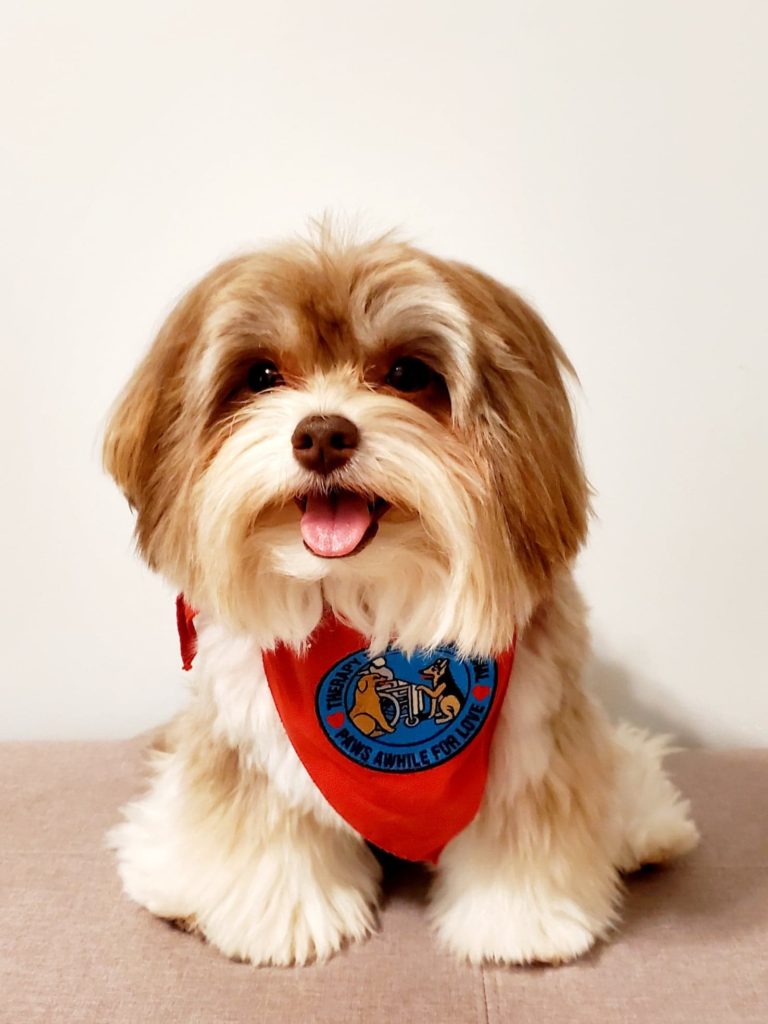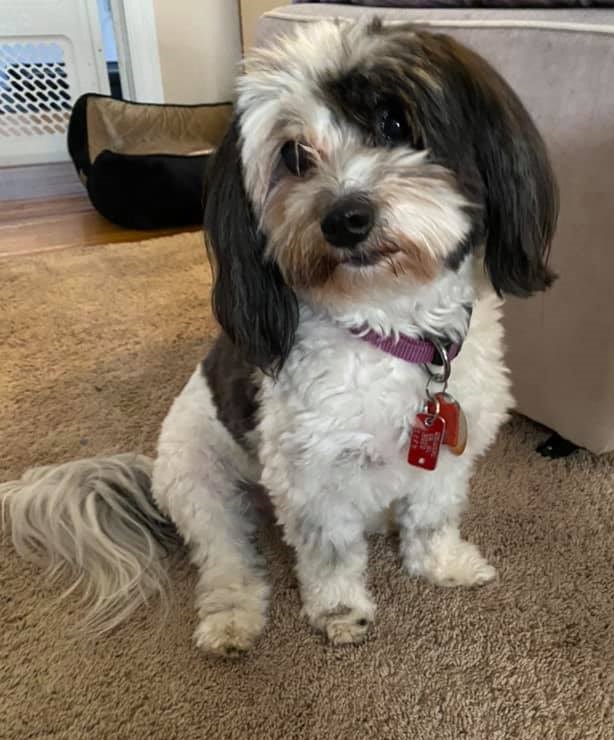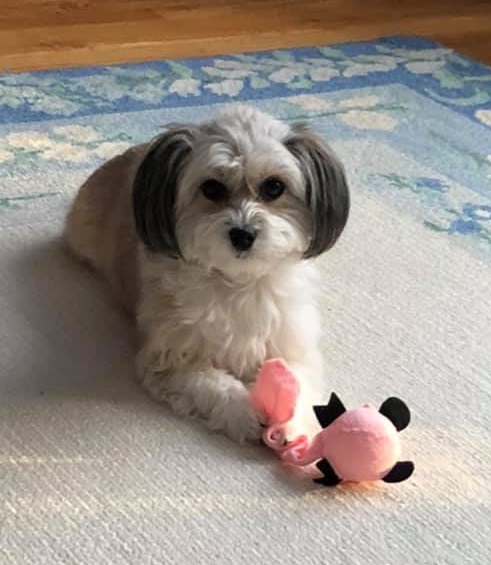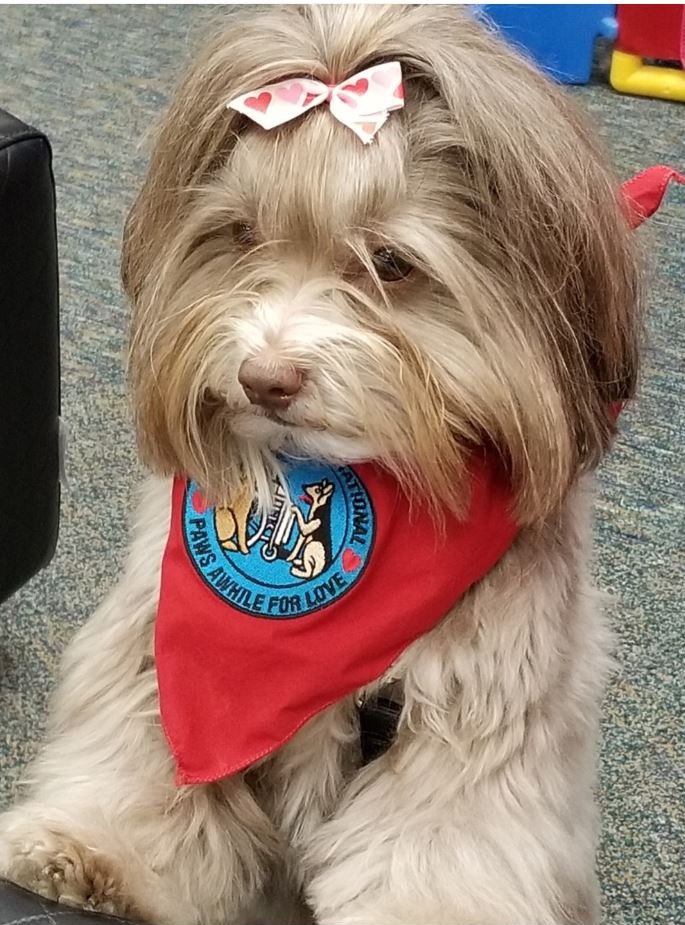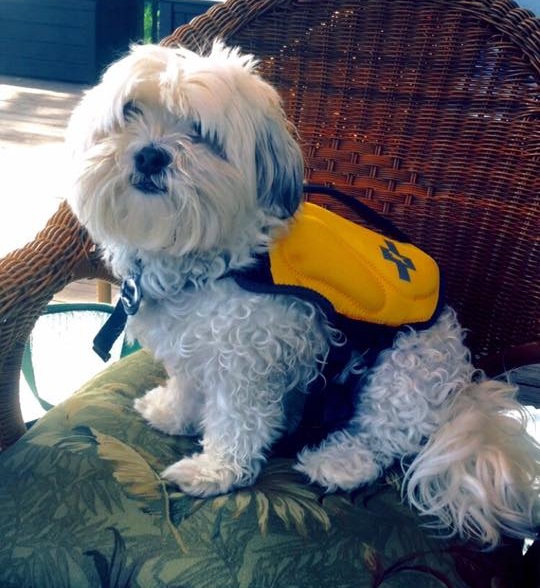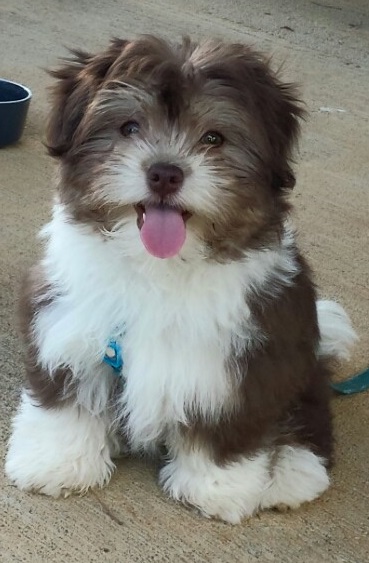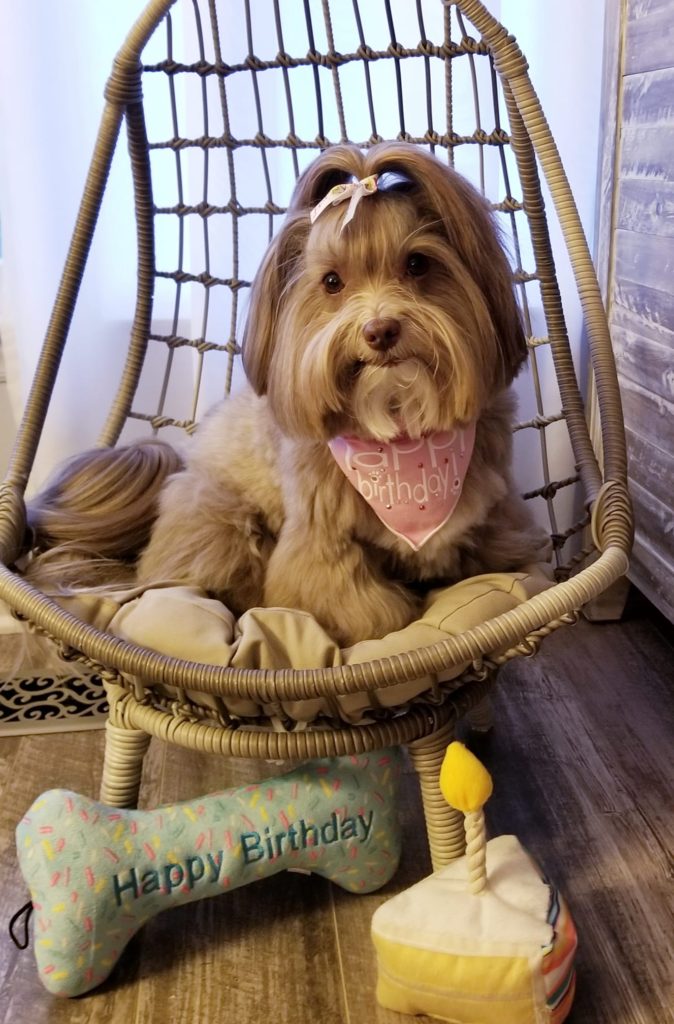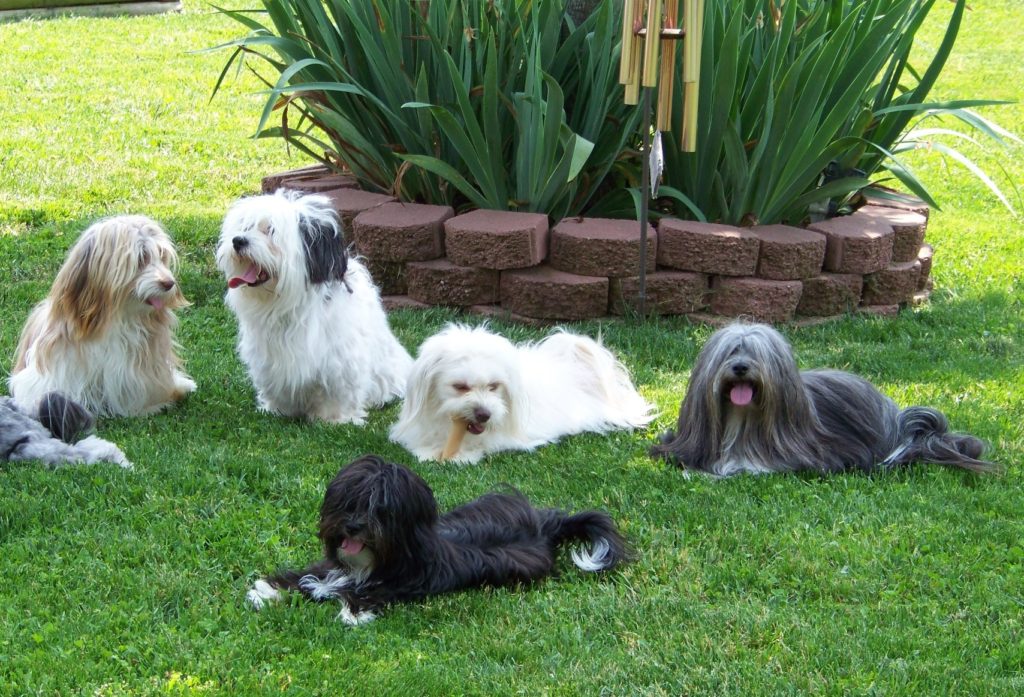How to Puppy Proof Your Home
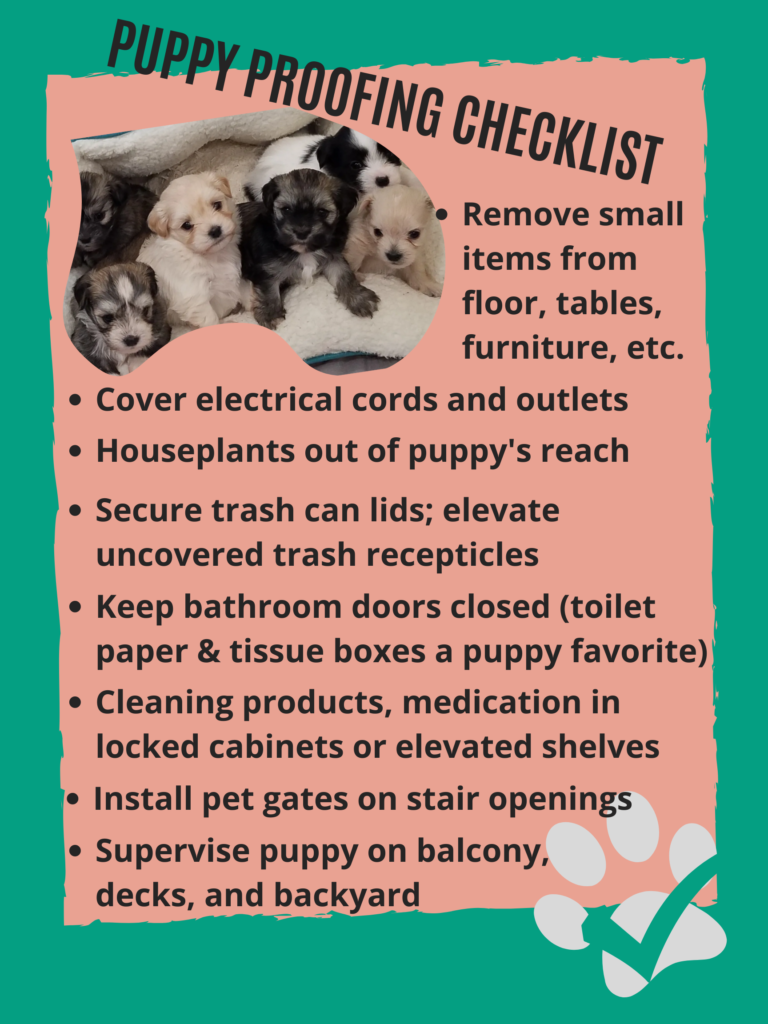
Curiosity can kill a dog just as easily as it can a cat. Puppies are not fearful or aware of dangers that could hurt them. As a good new responsible owner, it is your responsibility to puppy proof your puppy’s environment the best you can. You can do some of the following things to help protect your little one.
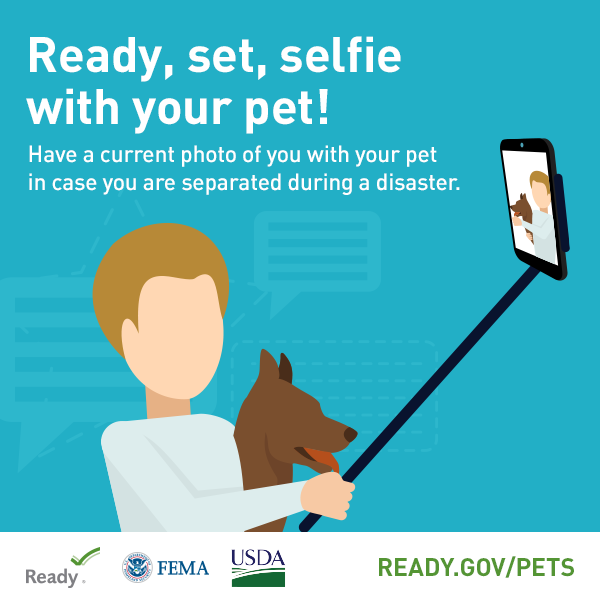
Feeding Your Puppy
Initially, it’s important to feed your puppy the same food he/she has been eating before you brought him/her home. Many times, stress can cause puppies to have diarrhea or even decide not to eat. To cut down on stomach upset, puppy will come with some of his food that he is accustomed to eating. As he gets used to his environment, you can gradually introduce the food you have chosen by mixing some of that food with his food. Within a couple weeks or so, he should be eating an entire meal of your selection. When feeding puppy, choose a convenient, quiet, secure and consistent place. Puppy will be ready to start exploring their new environment. Once home, you can place a small line of food on the floor, leading to puppy’s bowl. This is fun for them to find their food bowl. If you have multiple dogs, possibly that food guard, you will need to provide safety for eating.
Choosing Bowls:
Make sure that your bowls are age appropriate. If your puppy could possibly fall into the water bowl and not get out safely, you will want to choose a different bowl set. Your puppy could drown in just a small pan of water. You don’t want bowls too high, too low, too big or too small. You want them, JUST RIGHT, like Goldilocks liked her porridge. I like to use stainless steel bowls. They seem to clean easier, don’t hold stains, or germs and they are dishwasher safe.
Establishing a Feeding Routine:
What we have been doing regarding food and feedings is trying to set healthy bowel habits by feeding the puppies 3-4 times a day. We have been putting the puppy’s food down around 5:30am-6am, noon and then 5:30pm-6:00pm. What this does, is help puppy establish a routine of when they are hungry so they will not need to be pooping ALL day long. They should eat, and then within the 30 minutes, they will be stimulated to poop. This in turn, helps establish healthy habits. Periodically, we have such small puppies that when they are being weaned, they need to eat 4 meals due to the size of their stomaches and the speed at which they are burning off calorie.
When asked how much food to place in puppy’s bowl, I recommend you place the daily recommended amount in the bowl. I will not know the exact amount each puppy eats due to the fact that we place communial bowls in the pen during meals. They all come over to eat together, whatever amount they prefer. The daily suggested amount is on the back of the dog food bag; recommended by age and weight. At the end of the day, if there is food left over, then you can judge they are not eating as much as recommended. If they are out of food mid-day, then you will know they are eating a little more than recommended. If you are unable to do this, then I would make sure puppy has food and clean water available at all times.
Be sure to clean your puppy’s dishes frequently and always give him fresh water daily. Giving puppy table scraps is never a good idea. This can cause gas, bloating, and diarrhea, unnecessarily. If you don’t feed your puppy from the table when he is young, then he won’t ever learn to beg for food while you are at the table. If you feel that you have to give puppy human table food, then I would provide healthy choices like chicken, beef, pork without much sauce, green beans, broccoli, carrots, and some other vegetables. For a full list of non-hazardous foods, you can check the ASPCA’s poison control page. Remember, lifelong habits are formed early.
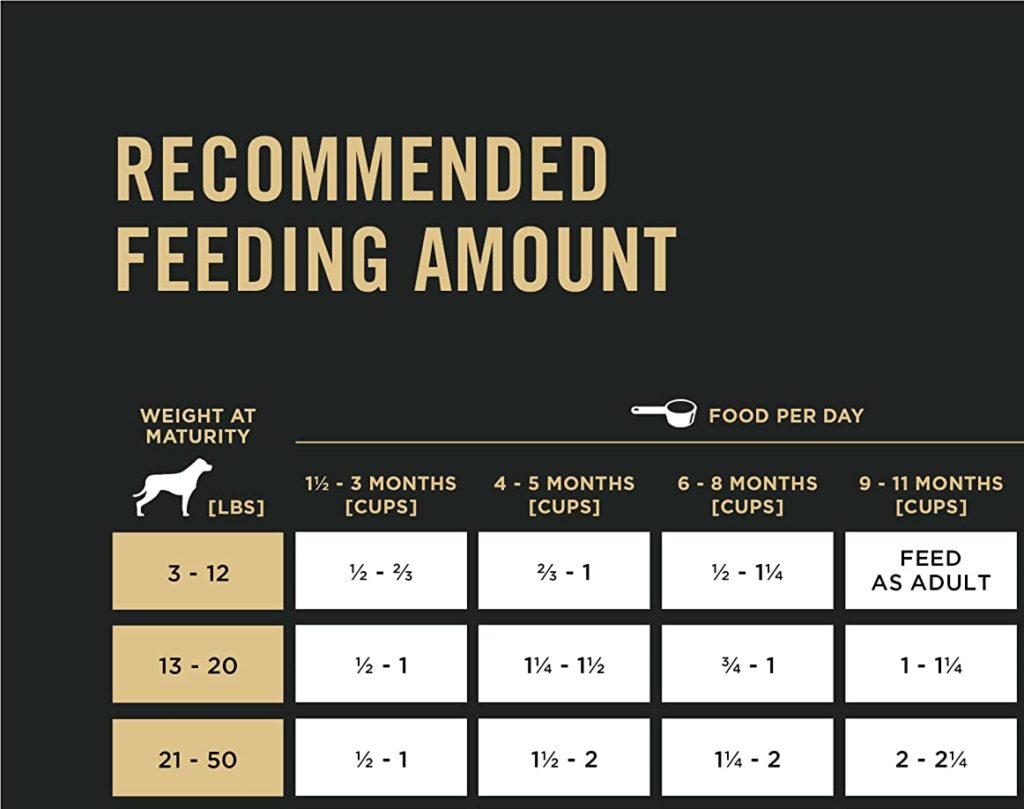
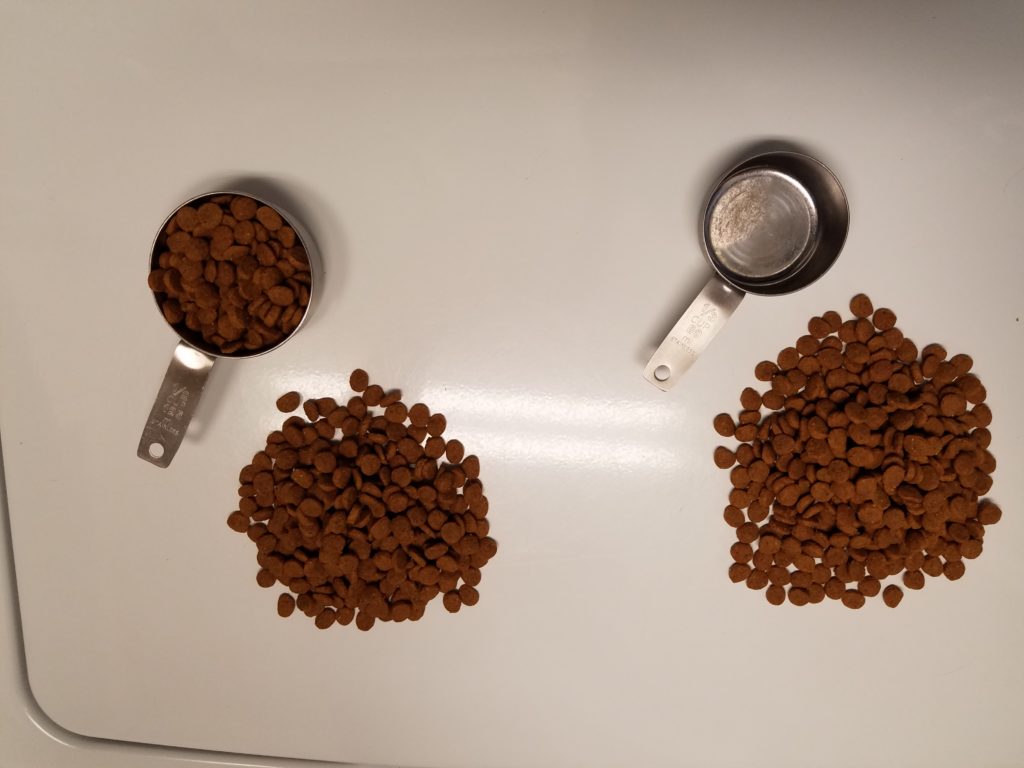
Changing Food Brands:
At some point, puppy might grow bored of his food, has a food allergy, has excessive tear stains, making there a need to switch dog food brands. Explore and find a new and exciting food that he will eat. One thing to consider, only protein grain-free foods in a toy dog can cause them to form urine crystals in their bladder or kidney stones. I do not recommend diets with protein greater than 30%. Research and find an acceptable food for your situation. When switching, use the same method of mixing approximately 1/4th of the new food with 3/4th the old food for about a week, then 1/2 and 1/2 of old and new for a week and then 3/4th of new and 1/2 of the old for about a week and then finally a complete meal of the newly selected food. If you switch too quickly or all of the sudden, expect diarrhea.
Transitioning To a New Food Brand
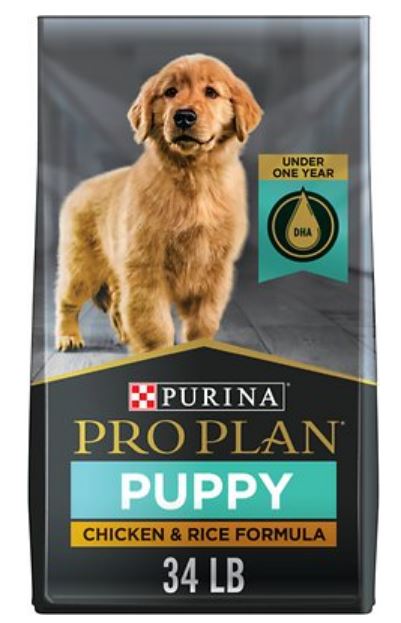
Exercising Your Puppy
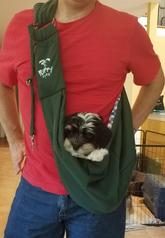
Exercise is an important part of a puppy’s overall health and well being, but his curiosity will ensure that he gets enough exercise for awhile. When puppy’s a few months old, you will need to try walking him with a leash while in the house or a fenced back yard. You may want to start with a harness or a kitty safety collar, that way if the collar gets stuck on something, the collar will break away free without hanging puppy by his neck.
While in a safe area (in the house or fenced yard), try attaching the leash to the harness while coaching puppy with a light gentle pull. This way if puppy starts to have a “hissy fit”, you can simply let go without a fear of him running away or into a busy street or worse yet, getting hit by a car. If puppy will not walk on a leash, try making it a fun game. Hook puppy to his leash/harness, use a good squeaky toy to dangle in front of puppy so he will proceed forward. Once puppy has figured out it is not anything to fear, walks will get easier.
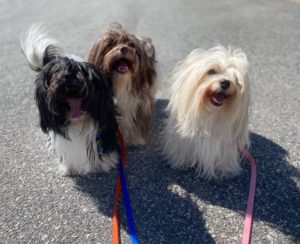
If puppy will not walk on a leash, NEVER hook puppy to the leash and drag him around. This will teach him to fear this activity. Once he has mastered the feeling of a gentle tug and moving forward, switch to a secure harness and start out the door for an afternoon stroll. If using a collar, make sure it is a secure collar that is sized tight enough to where the puppy’s ears can not slip out backwards. Keep in mind that his manageable exercise level and time for his age will be less than a grown dog. If you are walking puppy with grown dogs, plan on carrying puppy part of the way. Puppies need a lot of sleep for the first couple of months. They play hard in small spurts of about 30 minutes to 1 hour, then sleep 3-4 hours. Always hold the leash good and tight. We do not recommend the flex-leads for ANY dog. It does not allow you to have any control over the dog, can harm you, the dog, or place the dog in harms way before you can regain control. They need a leash 6 ft. or less in length.

